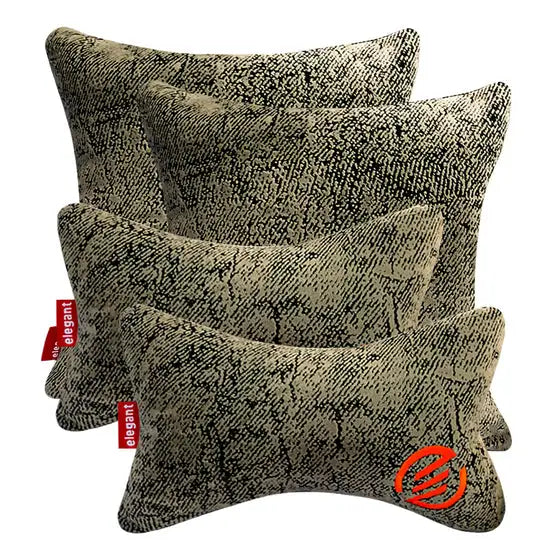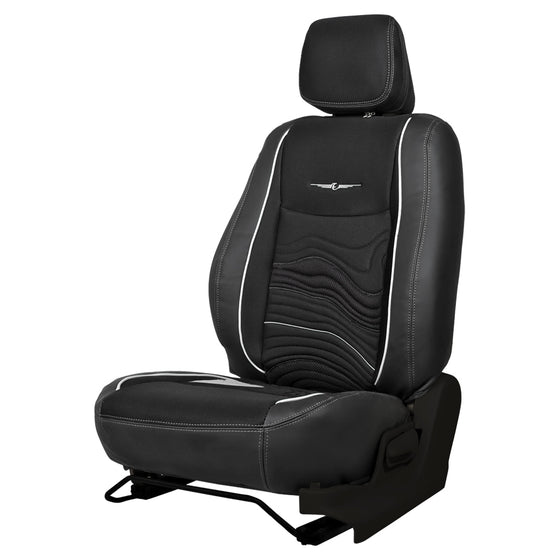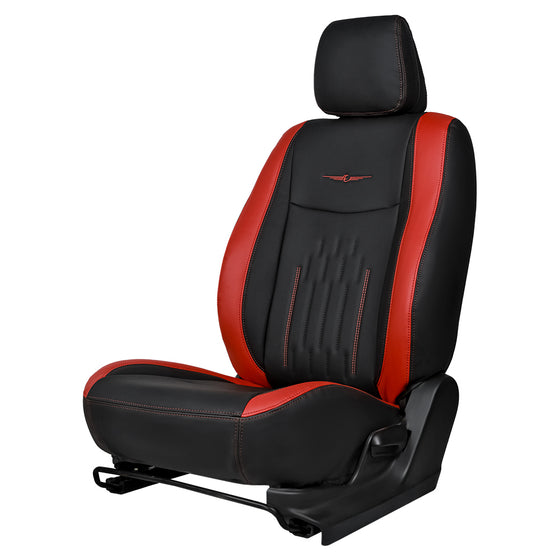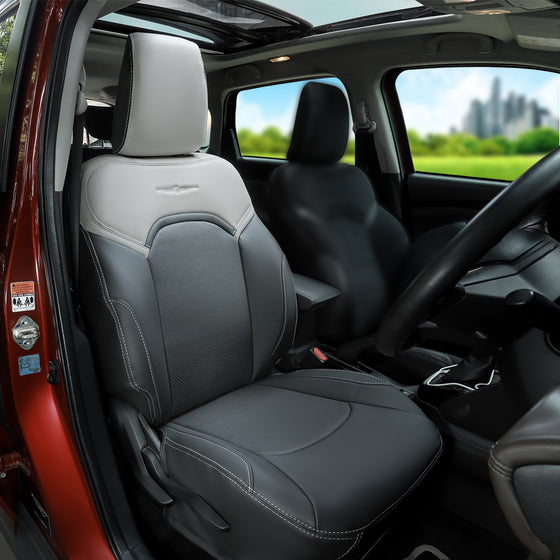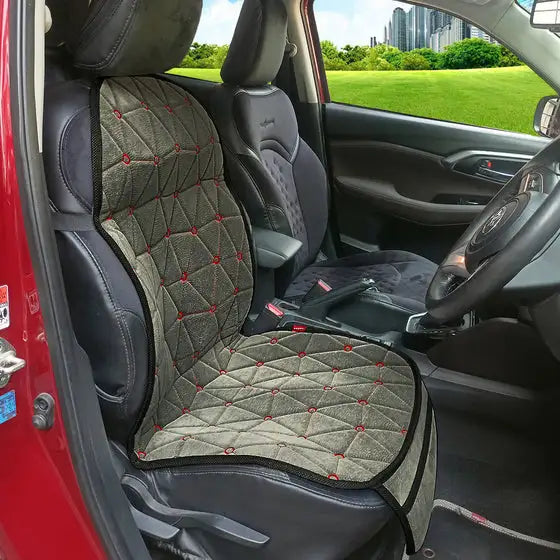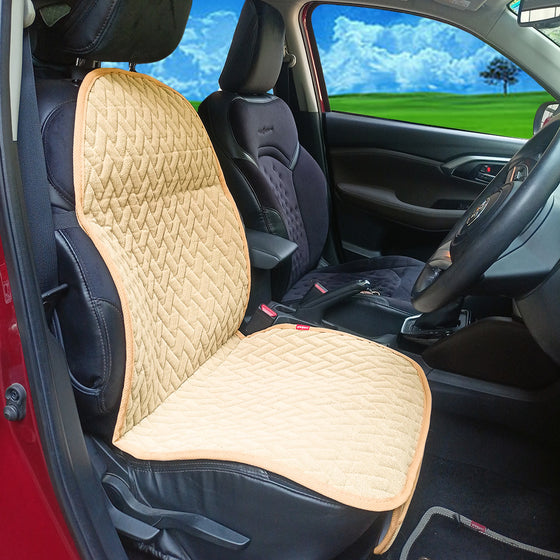Car Maintenance Tips for Winter
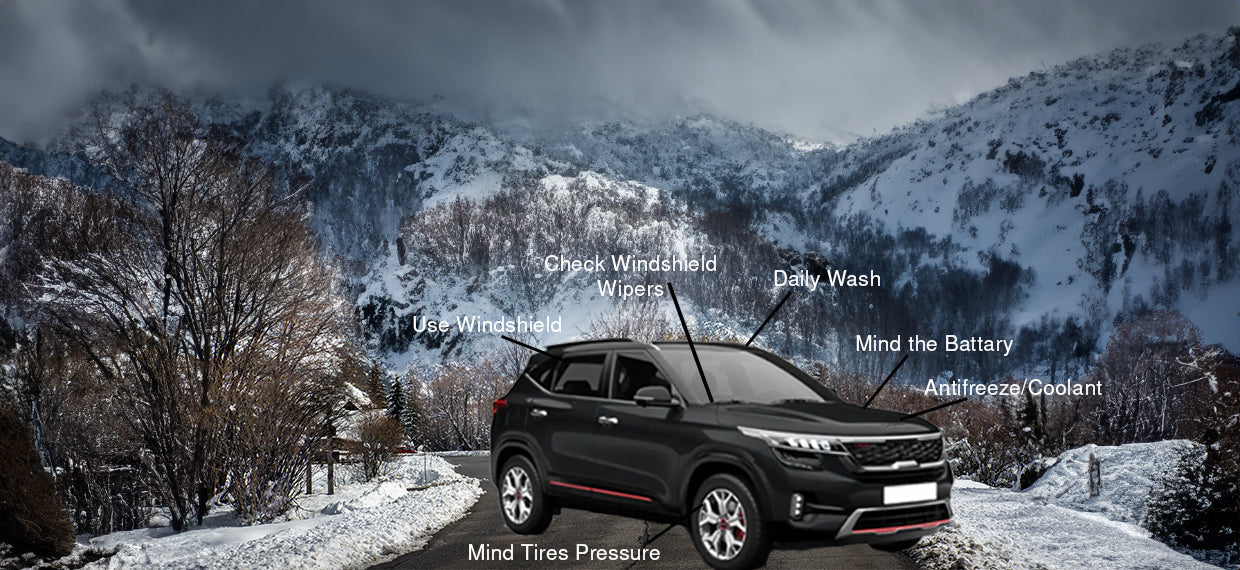
With how many layers do you clad yourself in winters? No instant answer available? What about your beloved car? What, one body cover or sometimes none. And in case you have a spacious residence, then a damp, stinking garage for your dream car.Winters will definitely not murder your car but will shorten its life.
Winter in India is not homogeneous. The heterogeneity- snowfall, fog, frost, daytime sunlight, chilly nights- makes winter quite exciting and an eagerly awaited time of year. Not only living beings, but non- living beings are equally impacted by winters. The non-living referred here is your ‘Car’. The assembled parts can get into shock due to cold conditions. The solution lies in worrying less and simply following this article.
Body Wash
Winter is marked by falling of leaves, twigs and other organic matter on your car (if parked outside). This debris can clog water circulation and cause corrosion or leaks. The plenum chamber near windshield is the most vulnerable site of car in this context. If car sunroof is not cleared of the organic matter, then it can plug the water drains present near sunroof. This can potentially wet the inside of car.

Preparatory Checkup
Basic health checkup of car is essential not mandatory with every season change. This is especially beneficial for regions under extreme cold. This health checkup ensures smooth functioning of primary parts and prevents any misadventure.

Warm up ritual
The technology may have evolved to counter the winter cold start. But it is still advisable to not let the tradition of warm up die. Warm up of car enables availability of engine oil in every corner of the engine. This thoroughly lubricates the engine. The wear and tear therefore lowers down.

Cold thickens engine oil and makes its movement slow. It is then prudent to leave your start car idle for warm up for 3-5 minutes before travelling. This way the car is more likely to function at optimum level during winter.
Mind the battery
High temperatures impact car battery in a manner different than that are observed during winters. Winter can completely kill the car’s battery if it is low in charge. Distilled water responsible for chemical reaction in battery freezes during winter. This effect the chemical reaction and can trigger severe, long lasting damage to the battery.

When battery enabled electrical fittings-startup, audio system, cabin lights etc.- in car function imperfectly, then it’s time to check the car’s battery. However, loose connections could be a possibility too.
Winter Tyres
These tyres become crucial for regions witnessing frequent snowfalls or where temperature remains under zero in winter or for most part of year. These tyres have deep grooves on surface that deliver greater grip on slippery roads. The silica blended with rubber compound guards the tyre from extreme cold. This enhances road grip even in icy conditions. The people of Himachal Pradesh, Uttarakhand, J&K and Ladakh would prefer it over other normal tyres.
Tyre Pressure
The air inside car tyre, like air anywhere else expands in heat and contracts on cooling. The tyre pressure during summer increases while in winter it decreases. Thus, regular pressure check becomes imperative. Driving with low pressure influences ones driving and the car is more susceptible to poor fuel economy.

An under-inflated tyre will be difficult to move through snow. People let out air from tyres when on sand or snow. The logic is, this increases the surface area of tyres. This is successful only if the surface is gentle like, a beach or un-tilled snow and not road, ice and hardened snow layered over one another.
Headlights and Fog-lamps
Winter also means fog. The northern part of India remains under dense fog during winter. Fog primarily hampers visibility while driving. Care for headlamps is therefore required. But more than the headlamps, fog lamps cut through fog. Most of the recent cars are equipped with front fog lamps. Rear fog lamps are also becoming common these days. Fog lamps could be installed aftermarket, in case the car is without one.

The Windshield
Windshield, as the name suggests, acts as a guarding layer for passengers. This shield is blurred as fog, mist and smoke amass over it. Driving becomes adventurous but risky. Fogging is triggered as temperature difference is noticed between the interior and external atmosphere. Reduction in temperature difference can minimize the fog. Defogger is often used. One can also park a dehumidifier pack inside the cabin.

Windshield Wipers
Windshield becomes the first sight of attraction on a winter cold morning. The wiper blades therefore have to be checked regularly for sharpness. Also one can clean them up and down by window cleaner or vinegar. During freezing conditions one can place the wipers up to avoid contact with windshield. This is just a trick and nothing mandatory about it. Keeping the washer fluid tank up to appropriate level becomes important too.
Antifreeze/Coolant
Coolant is an all-weather friend of car. In summers, it cools the engine and protects it from piercing heat. While in winters, it functions as antifreeze. At low temperatures, the chemicals in the liquid prevent the engine from freezing. The liquid functions round the clock to regulate the engine temperature. Thus, this green colored liquid has to be sustained to optimum level during winter.

Jammed Doors
Cars in regions of extreme snowfall may face door jamming. This happens as a layer of ice is formed between the rubber seals and the door. Proper lubrication of doors could help avoid it.
Defroster and climate control
A good working defroster disables layering of ice on windshield and windows. Climate control system regulates the inner temperature of car to protect the passengers from biting cold. They are no less than life saviors that have to be maintained well.
Braking System
Harsh winter could impact the braking system of a car. Wet and slippery roads could increase the braking distance of car. Brakes should definitely function at peak for passenger safety.

Polish the lights
Visibility is often an issue in winter mishaps. Apart from driving safely, one must keep the headlamps glossy. Clean off dirt from headlamps. Polish it with wax of any type. Leave it to dry and rub it with dry cloth. One can do it for taillights as well.
The smoothness thus obtained does not let building up of icicle layer on the lights. In case, it does, then removing becomes easier.
A kit for contingencies
Winter driving in areas of inadequate human presence requires basic resources at hand. The basic survival kit includes a blanket, whistle, flashlight, candle, metal bowl (for melting snow with candle), back power for mobile, knife and obviously a tool kit.
A quick survey
The under-body panels in car can be vulnerable when driving in snowy region. The hardened snow mound could hit the panels hard from beneath. Check out for any loose section starting from front.
The Conclusion
The mentioned points may not be all comprehensive. But they cover some major care tips. One should definitely be enthusiast enough to care for the car from all perspectives. Lastly, a change of season should be seen as an invitation to service center. This will bring optimum performance from car and add years to its life.
Leave A Reply
Your email address will not be published. Required fields are marked *
Products list

Yolo Fabric Car Seat Cover For Tata Curvv
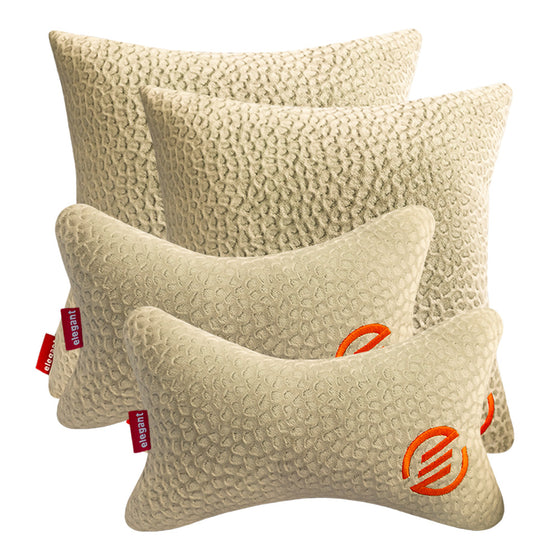
Elegant Comfy Velvet Cushion & Neck Rest Car Pillow CU12
